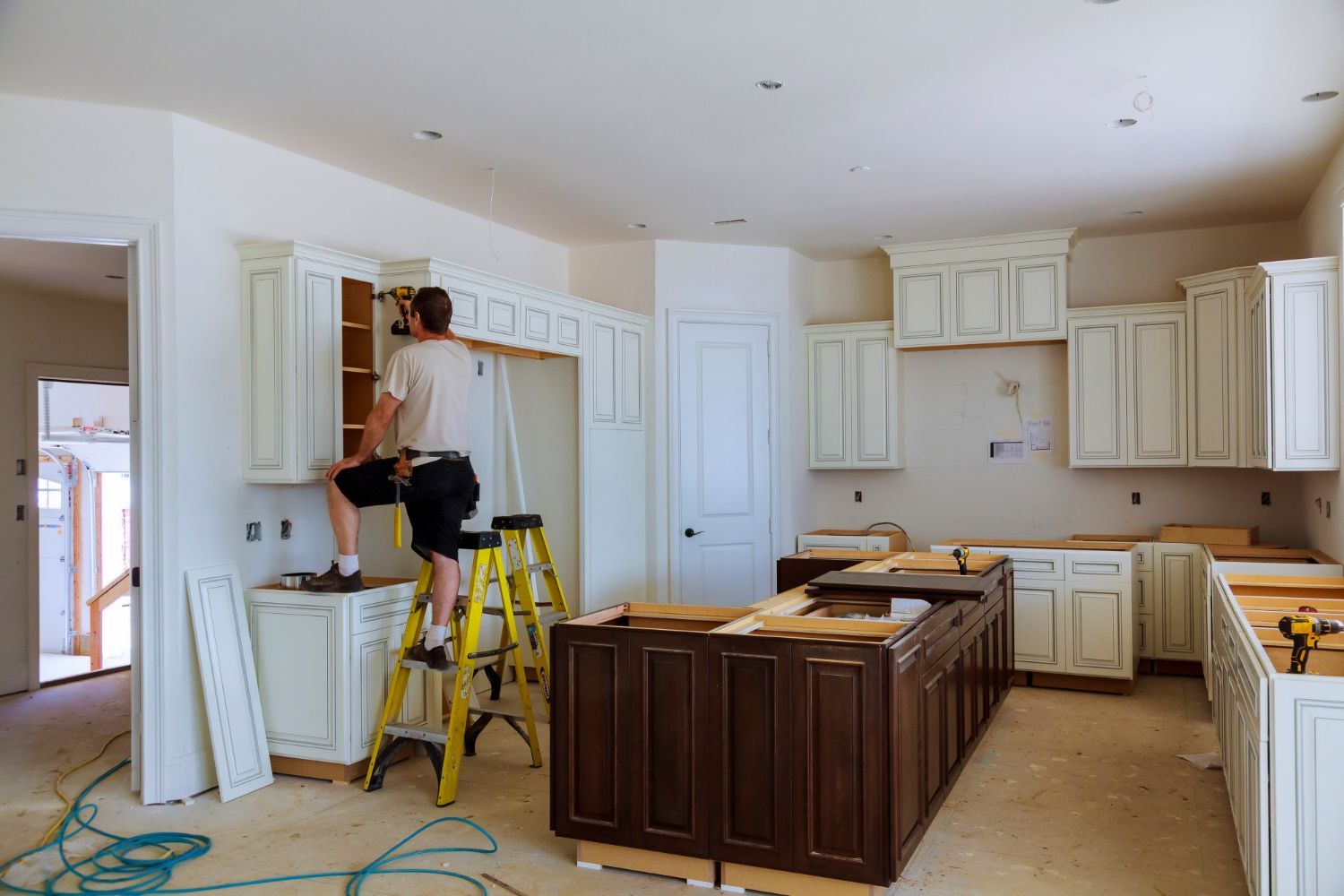ARE YOU A SUCCESSFUL SAVER?
Research¹ shows around 57% of Australian adults are savers although only 16% manage to put away the pennies quite easily. When we feel burdened by the mere cost of living, it is often difficult to establish a savings plan. However, creating a savings habit plays an important role in our ultimate financial future.
Try our six saving tips!
We often convince ourselves to spend money on things we simply don’t need. Becoming a good saver is a game of psychology – it requires awareness of the unconscious triggers which prevent us from keeping our money in the bank. Creating certain habits can help combat the impulsive and seemingly innocuous behaviours that cause us to overspend. We encourage you and your family to try our six saving tips:
1. Aim to be above average with a savings goal
What are you saving for? Having a specific goal helps you stay more focused on the path to getting there. However… Research2 shows the average Australian saves $427 per month. If you’re not already saving this amount, think about how you could live with a little less cash each month.
2. You need a budget
Creating a budget and deciding how much needs to be allocated to savings can change the way you view the money you have available to spend.
When you evaluate how much money you have ALLOWED yourself to spend on unnecessary items, you’ll possibly reconsider a lot of purchases.
3. Automate!
Find ways to automate as many transactions as possible including direct deposits, automatic transfers from one account to another and automatic bill pay.
By creating automatic transactions you relieve the burden of making sure regular payments happen each month and you’re less likely to break the saving habits you created when you formulated your budget.
4. Set incremental savings goals…
Decide on some savings goals which are both short and long-term. Without goals it’s easy to lose interest and fall back into bad spending habits. Like most tasks, the immediate excitement of starting a new project can quickly become mundane without motivation. Keep yourself inspired with smaller milestone targets which you celebrate as you tick off each one.
5. Focus on gains – not losses
Seeing your savings grow can often lead to more happiness. Believe it or not, many people gain as much pleasure from saving money as they do from spending it. This can dramatically change the way you perceive your finances. However, if you’re saving and money is tight it can lead to frustration when you see an item you’d really love to buy. You may find yourself questioning the value of saving when an item that will ‘make you happy’ is right there. Avoid viewing your inability to purchase a flashy new item as a loss. Do you really need it or is your money better off in the bank?
6. Avoid impulse buying!
Always prepare a shopping list and stick to it. You may do this for groceries, but you should apply the same principle to every shopping outing.
Most shop layouts are created to maximise impulse buying. Having a list of the items you need avoids aimless wandering and unnecessary purchases. Use cash and not credit cards. It is well documented that we tend to spend less when we have to hand over cash instead of swiping a card. When we calculate how much we have to spend beforehand we are more likely to stick to our limit. Developing achievable saving and spending habits will have you ready to combat almost any impulse spending situation. Those who have been around a while will tell you that ultimately, immediate gratification is never as satisfying as the long-term realisation of your goals.
If you know people in your life who you would like to encourage to save more, feel free to contact the office for a copy of this article for you to send to them. Good luck with your savings goals this year!
Sources and links:
- MoneySmart brand tracking program, Sweeney Research January 2014
- suncorp.com.au



